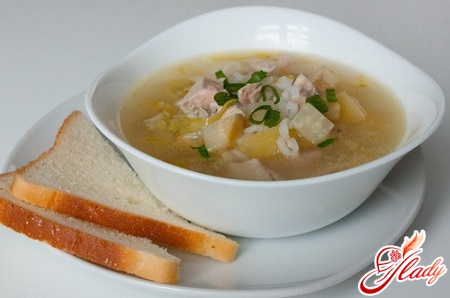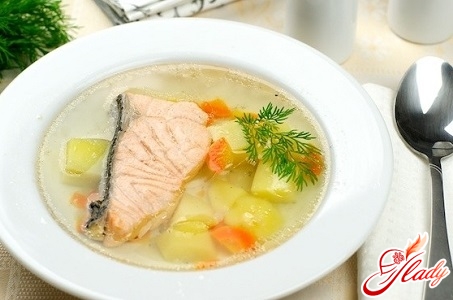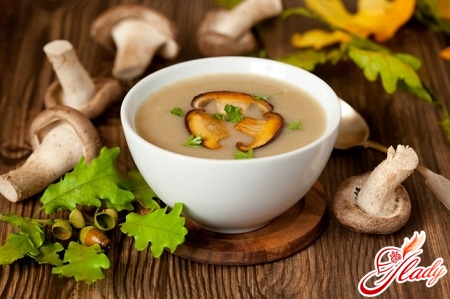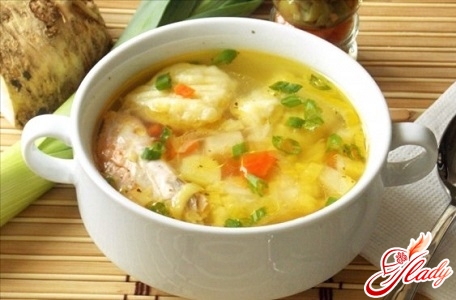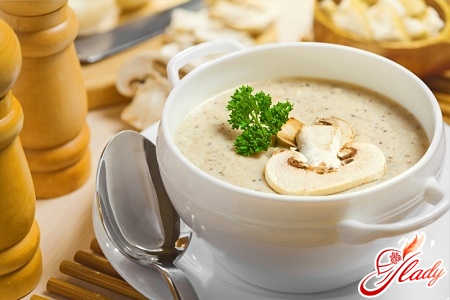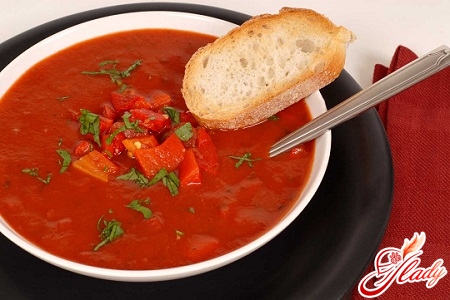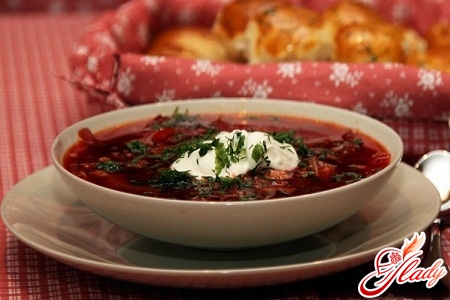 So, let's prepare Ukrainian borscht with pampushkas.Why borscht? Well, first of all, it is good at any time of the year, but in winter, when it is cold, a plate of rich, hot borscht is simply irreplaceable. It is known that Ukrainian borscht (with or without pampushkas is not important) is prepared by each housewife in her own way. The classic of the genre is borscht, which is cooked in meat broth. It is best to use pork belly for this purpose. However, here too there are many options. Some always add beans, some season it with lard, ground together with pepper and garlic - in a word, there is an immeasurable number of recipes. And what should vegetarians do if classic borscht with meat does not fit into their life concept? And in the lives of people who do not particularly think about whether it is moral or not to eat our smaller brothers, there are moments of vegetarianism - fasts, for example. Christmas is already over, Great Lent (pre-Easter) is just around the corner. It seems that vegetarian borscht can be a worthy addition to the Lenten menu. Products:
So, let's prepare Ukrainian borscht with pampushkas.Why borscht? Well, first of all, it is good at any time of the year, but in winter, when it is cold, a plate of rich, hot borscht is simply irreplaceable. It is known that Ukrainian borscht (with or without pampushkas is not important) is prepared by each housewife in her own way. The classic of the genre is borscht, which is cooked in meat broth. It is best to use pork belly for this purpose. However, here too there are many options. Some always add beans, some season it with lard, ground together with pepper and garlic - in a word, there is an immeasurable number of recipes. And what should vegetarians do if classic borscht with meat does not fit into their life concept? And in the lives of people who do not particularly think about whether it is moral or not to eat our smaller brothers, there are moments of vegetarianism - fasts, for example. Christmas is already over, Great Lent (pre-Easter) is just around the corner. It seems that vegetarian borscht can be a worthy addition to the Lenten menu. Products:
- beets (2-3 pieces, depends on the size)
- 1-2 carrots
- 1-2 onions
- white cabbage (300-400 grams)
- tomato paste (it is better to use tomatoes - fresh in summer, and canned in winter in own juice)
- vegetable oil (3-4 tablespoons)
- salt pepper
- bay leaves, garlic, greens
Method of preparation: Wash and peel the vegetables.Grate the beets and carrots, finely chop the cabbage, and dice the onion. Pour some vegetable oil into a frying pan and add the grated beets, sprinkle with lemon juice and simmer under a lid for 10-15 minutes, stirring occasionally. Add tomato paste (or tomatoes) and simmer for another 5 minutes. Pour oil into a saucepan with a thick bottom, heat it up and add peppercorns, bay leaf, onion, carrot and lightly fry. Add cabbage, stir and simmer for a little. Pour boiling water over the sautéed vegetables, add salt to taste and let simmer over low heat for 10 minutes. Add the beets with tomato paste and bring to readiness. At the very end, add crushed garlic, herbs, and bay leaf. Season with sour cream before serving. Strict vegetarians and those who are fasting do not add sour cream. Serve with pampushki and garlic. According to all tasters, borscht prepared in this way has excellent taste qualities and is no worse than that cooked in meat broth. Recipe for pampushki: Products:
- 500 ml of milk
- 700 grams of flour (500 for cooking gum, 200 for vymeshivaniya)
- 50 grams of fresh yeast
- 50 grams of sugar
- 50 grams of vegetable oil
- a pinch of salt
Method of preparation:Dissolve sugar and yeast in a small amount of warm milk and put in a warm place for about 20 minutes. Sift 500 grams of flour, add salt, vegetable oil, milk, yeast mixture and knead the dough. Cover the container with a clean napkin and put in a warm place. Knead the risen dough a couple of times. Place on a board and knead well, sprinkling flour. It should become elastic (but not steep) and come away from your hands. Roll small balls and lay out on a sheet covered with waxed paper. Let rise, brush with beaten yolk and put in the oven, preheated to 180 degrees. Bake until done - about 30-35 minutes. Grind the garlic with salt, a few drops of lemon juice and vegetable oil, you can add herbs. Pour over the donuts. Notes to the recipe:
- If desired, beans can be added to the borsch. It should be soaked for 6-8 hours, then cook until ready. Beans are cooked on small fire and without a lid. Lazy housewives can use canned beans, it's also very tasty.
- The taste of borsch directly depends on the qualityused vegetables. Very often the beetroot is brought down - ideally it should be sweet. If vegetables leave much to be desired, we must balance tastes, for example, add sugar.
- As you noticed, in this recipe there is no potato. The traditional recipe for Ukrainian borsch with pampushkas involves the use of this root.
- Strict vegetarians can use for milk dumplings not milk, but ordinary water.
- Instead of pampushek you can serve rye bread, dried in a toaster, with garlic and a slice of fat (optional).
Cook with pleasure! Bon appetit!




